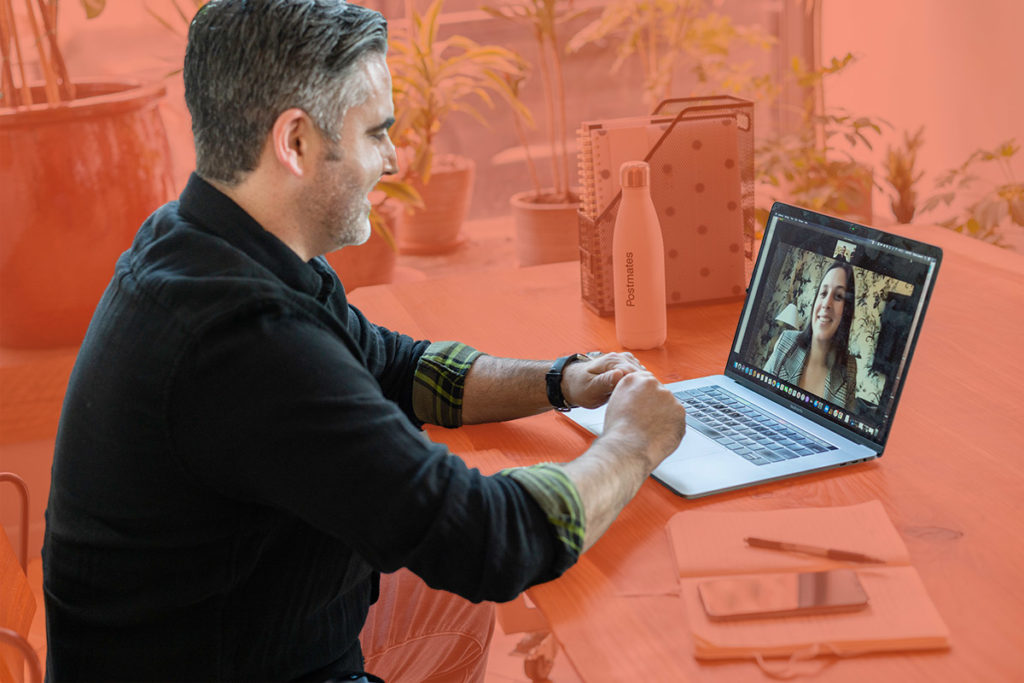Assess your vulnerability to attack. Protect your reputation.
Working to a risk assessment matrix, we’ll clearly identify where your business is most susceptible to breach or attack.
Our assessment follows 3 Steps:
- Where and how your business operations create your potential for risk.
- We’ll explain the two primary security frameworks and how to apply them to your organisation
- Define next steps: Achieve peace of mind with a tailored Strategic Security Roadmap for your business
Don’t be tomorrow’s headline. Book your session today.







